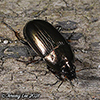 |
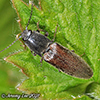 |
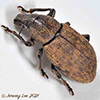 |
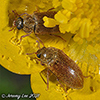 |
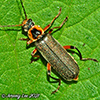 |
| Amara aeneaCommon Sun Beetle |
Athous haemorrhoidalisClick Beetle |
Barynotus moerensBroad-nosed Weevil |
Byturus ochraceusPollen Beetle |
Cantharis nigricansSoldier Beetle |
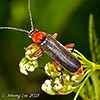 |
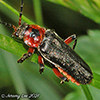 |
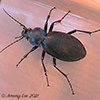 |
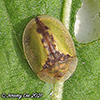 |
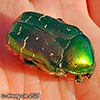 |
| Cantharis pellucidaSoldier Beetle |
Cantharis rusticaSoldier Beetle |
Carabus violaceusViolet Ground Beetle |
Cassida vibexTortoise Beetle |
Cetonia aurataRose Chafer |
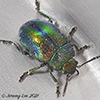 |
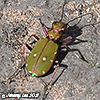 |
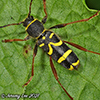 |
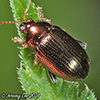 |
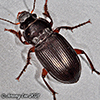 |
| Chrysolina fastuosaDead-nettle Leaf Beetle |
Cicindela campestrisGreen Tiger Beetle |
Clytus arietisWasp Beetle |
Crepidodera aureaFlea Beetle |
Curtonotus aulicusGround Beetle |
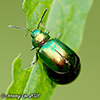 |
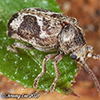 |
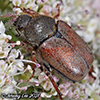 |
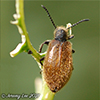 |
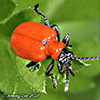 |
| Gastrophysa viridulaGreen Dock Beetle |
Hedobia imperialisWood-boring Beetle |
Hoplia philanthusWelsh Chafer |
Lagria hirtaDarkling Beetle |
Lilioceris liliiScarlet Lily Beetle |
 |
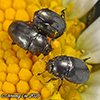 |
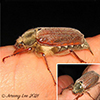 |
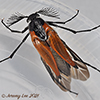 |
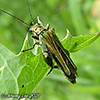 |
| Malachius bipustulatusMalachite Beetle |
Meligethes aeneusPollen Beetle |
Melolontha melolonthaCommon Cockchafer |
Metoecus paradoxusWasp Nest Beetle |
Oedemera nobilisSwollen-thigh Beetle |
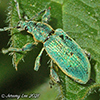 |
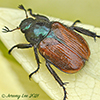 |
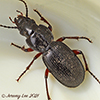 |
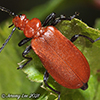 |
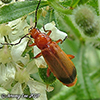 |
| Phyllobius pomaceusGreen Nettle Weevil |
Phyllopertha horticolaGarden Chafer |
Pterostichus madidusBlack Clock Beetle |
Pyrochroa serraticornisCardinal Beetle |
Rhagonycha fulvaCommon Red
Soldier Beetle |
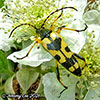 |
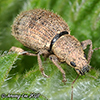 |
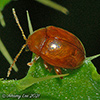 |
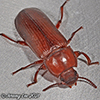 |
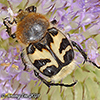 |
| Rutpela maculataLonghorn Beetle |
Sciaphilus asperatusStrawberry Root Weevil |
Sphaeroderma testaceumFlea Beetle |
Tenebrio molitorYellow Mealworm Beetle |
Trichius fasciatusBee Beetle |

